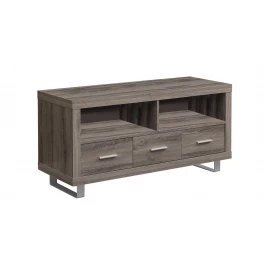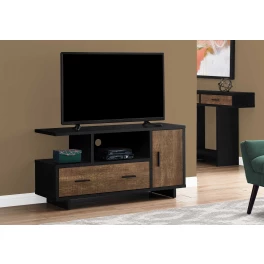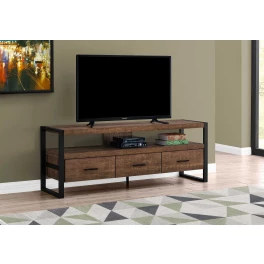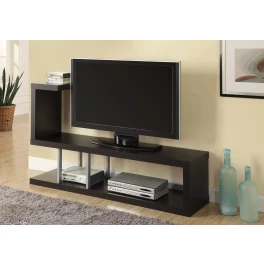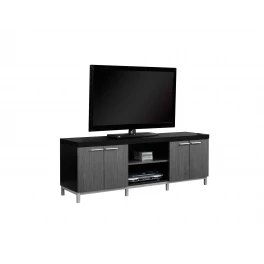This is a mini-project that may appeal to you if you don't want to pay for additional set-top boxes and have two or more TVs that are far away. Whether you’re a parent who now finds the nest empty and no longer needs different programming on different TVs, or you own a business, such as a gym, where people don’t mind watching the same thing on all the TVs, this is the solution for you.

Photo by Andrey_Popov on Shutterstock
You should also note that it’s not illegal to split signals from the output. However, it is illegal to tamper with the set top boxes. This is the reason why we won’t be doing any of that in this project. We’ll simply try to split the output that we get from the set-top box as per our requirements.
First, let us understand what a set-top box is and why we can only use its output for our project. In simple terms, a set-top box (STB) is a digital decoder (and encoder) that receives encoded signals from the satellite dish, which in turn receives the signal from various satellites. This signal can only be decoded by your STB, without which you wouldn't be able to see anything on your TV. As a result, you cannot split the wire coming into the STB from the satellite dish and will have to split the wire(s) coming out of the STB instead.
Now, decide on what your basic requirement is, i.e. how many TVs you need to connect. Most empty nesters simply want to have the flexibility to watch TV in the living room as well as their bedroom without having to spend much. In that case, you simply need to be able to extend your set-top box’s output to 2 TVs. In the case of a gym or a similar scenario, you might need to split the signal into multiple outputs. The only thing that will change then in both scenarios is the kind and number of splitters you will need as well as the length of wire that you may require.
HDMI Output
Most TVs use HDMI cables these days. If your TV connects to the STB using an HDMI cable, then the first order of business is to purchase HDMI splitters. These are simple pieces of hardware that take the HDMI cable coming from your STB as input and will have output slots for multiple HDMI cables. Simply connect the input HDMI cable to the splitter and then connect the individual output HDMI cables to each individual TV. If you’re wondering how you would be able to reach so many TVs that are kept at a distance, don’t worry. You can buy 5, 10, or 15 yard HDMI cables from the local store or online. Also, splitters come in 1x2 to 1x16 types, which means you can connect to up to 16 screens at a time.

Photo by Paradise On Earth on Shutterstock
Coaxial Output
Coaxial cables are the wires that older TVs use. If you have one of those and your STB supports the use of such wires, you can obtain a coaxial splitter. You can purchase 2-way or 6-way splitters, which means you can connect up to 6 screens to one STB. Also, coaxial cables come in a variety of length ranges, similar to HDMI cables. So, ideally, you can connect to the most distant TV sets using these cables. However, unlike with HDMI cables, coaxial cable output quality reduces with distance. This means that the farther away you have the second TV, the lower the picture quality will be.

Photo by Federico Julien on Alamy
Hybrid systems
Some STBs have both coaxial and HDMI outputs. If you connect separate TVs to each output, you’ll be able to watch the same program on both TVs without requiring much effort. In such a case, ideally, keep the HDMI TV farther away, since there is no signal loss and keep the TV using coaxial cables right next to the STB. Again, the solutions given above for HDMI as well as coaxial cables can be used here as well.
What about the remote?
Yes, this is another problem that users face once they have connected to multiple TVs using the above methods. The STB has to stay in one place (maybe the living room), but you may want to use the STB remote upstairs since that’s where your other TV has been kept. The way to do that is to use IR remote signal extenders/repeaters. These are small pieces of hardware that you can buy at the local Walmart or that you can purchase online. Simply use these extenders to control your STB from anywhere in your home.

Photo by FeelGoodLuck on Shutterstock
In conclusion, while there are a lot of ways to split the signal, plan the kind of hardware that you would need for your individual situation. The signal splitting in coaxial cables leads to loss of signal quality as the distance from the original source increases. So, ideally, you should try to use HDMI cables where possible. This is an easy to implement mini project that you should give a try if you don’t have too many people fighting for the remote but do have multiple TVs sitting idle. Good luck!




